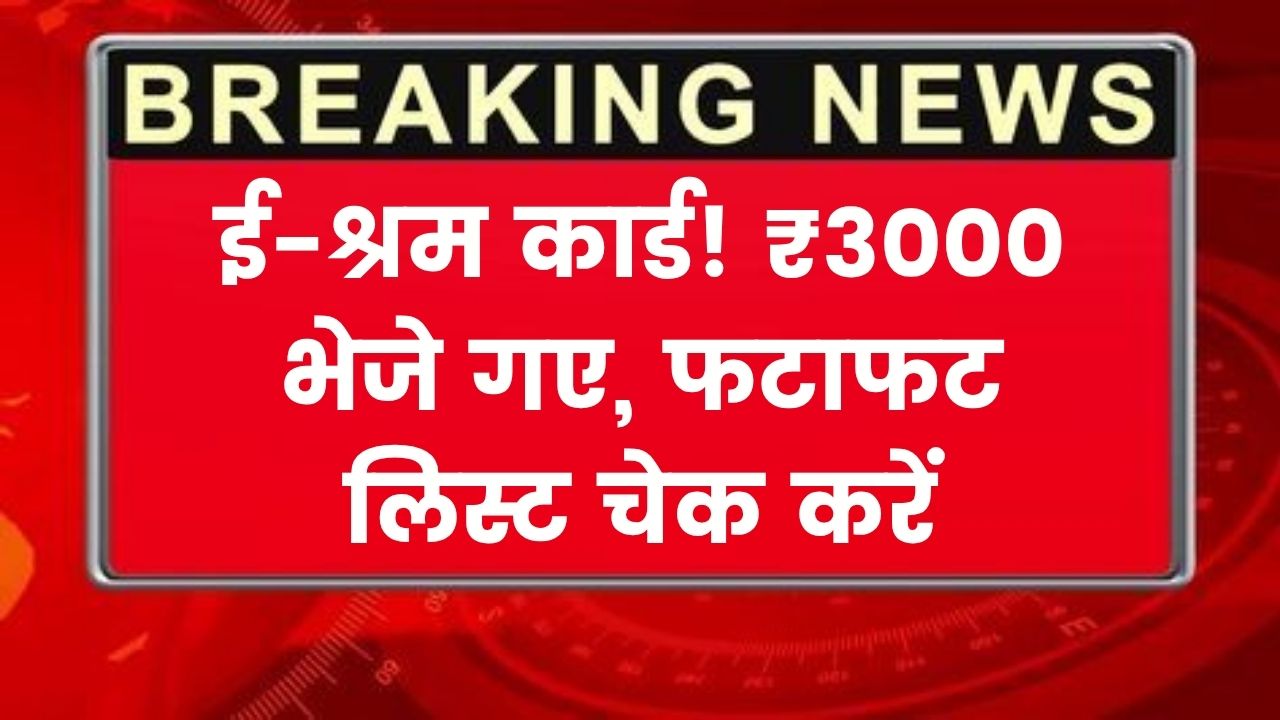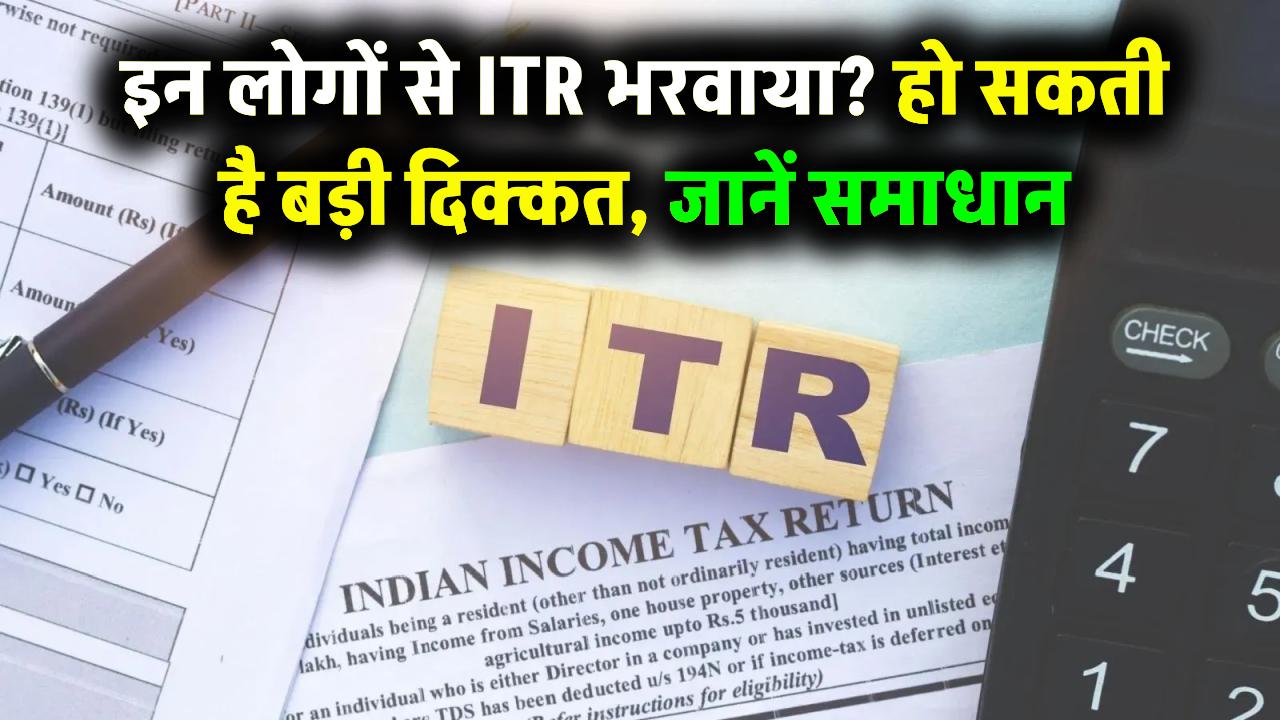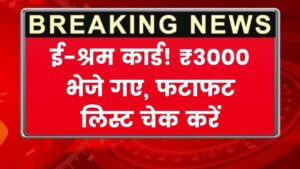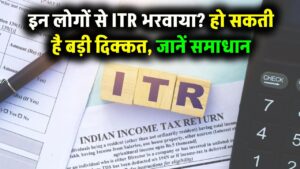In a landmark move, the government has made key changes to PAN card rules that will affect millions of Indians, from individuals to businesses. These changes, which include everything from mandatory Aadhaar authentication to enhanced security features and gender inclusivity, are designed to modernize and simplify the process.
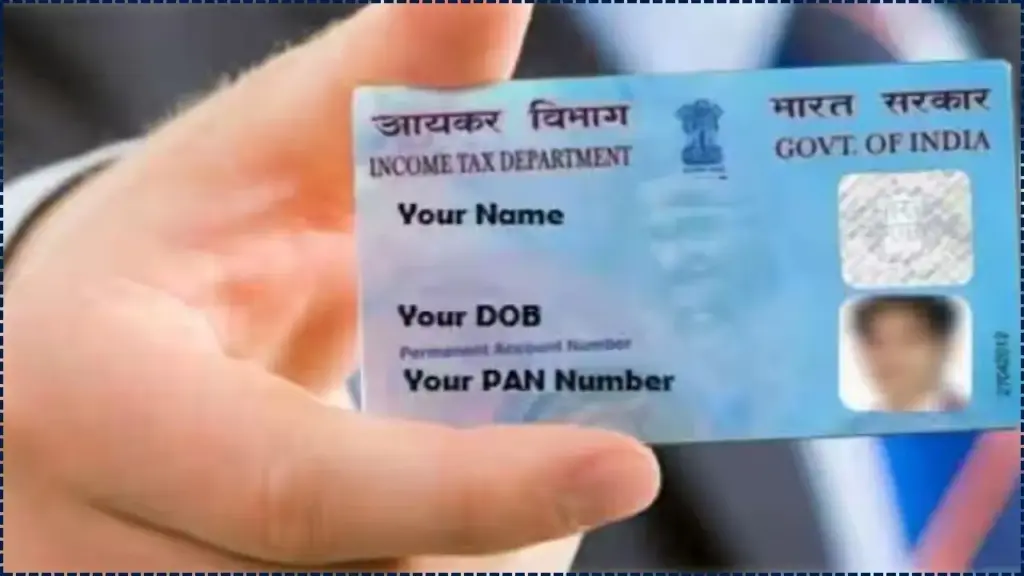
So, whether you’re an individual taxpayer, a business owner, or someone simply updating their PAN details, it’s important to stay informed. This article breaks down the 5 new updates and explains what you need to do to stay compliant.
Table of Contents
PAN Card Rules Just Changed
| Key Update | Details |
|---|---|
| Mandatory Aadhaar Authentication | Aadhaar must be linked for new PAN card applications from July 2025. |
| PAN-Aadhaar Linking Deadline | The deadline to link PAN and Aadhaar has been extended to December 31, 2025. |
| PAN 2.0 Implementation | The new PAN card will have enhanced security features, including dynamic QR codes. |
| Mandatory PAN for High-Value Transactions | PAN required for transactions above ₹2.5 lakh for non-individuals. |
| Gender Inclusivity in PAN Applications | The option to choose ‘Transgender’ added alongside ‘Male’ and ‘Female’. |
The changes to the PAN card rules are designed to make the system more secure, efficient, and inclusive. Whether it’s linking your PAN with Aadhaar, upgrading to PAN 2.0, or ensuring compliance with the new gender inclusivity standards, staying up to date is essential.
By following the new rules and taking the necessary actions, you can continue to enjoy the benefits of a seamless financial and tax filing process. These updates are part of India’s broader effort to create a more modern, digital economy that is accessible to all its citizens.
1. Aadhaar Authentication for New PAN Applications
From July 1, 2025, every new PAN card application will need to be authenticated via Aadhaar. This means if you’re applying for a new PAN, you will need a valid Aadhaar number for the government to verify your identity.
Why This Matters
- For New PAN Applicants: If you’ve not yet linked your Aadhaar to your PAN, you won’t be able to apply for a new PAN card without completing this process. Ensure your Aadhaar details are updated.
- For Existing PAN Holders: This only affects new applicants, so no need to worry unless you’re applying for a new PAN or making significant updates.
The goal here is simple: to have a single, secure system that reduces fraud and makes identity verification easy and fast.
2. PAN-Aadhaar Linking Deadline Extended
The deadline to link your Aadhaar with your PAN has been extended to December 31, 2025. This gives all those who haven’t completed the linking process additional time to ensure compliance.
Why It’s Important
- File Taxes Without Issues: If your PAN becomes inoperative, you won’t be able to file your tax returns or engage in financial transactions requiring PAN.
- Easier Financial Transactions: Linking PAN and Aadhaar ensures a smooth process for filing taxes, making high-value transactions, or opening bank accounts.
Make sure to link your PAN with Aadhaar well before the new deadline. You can do it quickly through the Income Tax Department’s e-filing portal.
3. Introduction of PAN 2.0
In a major upgrade to the PAN system, the government is introducing PAN 2.0. This upgraded PAN card will feature enhanced security like a dynamic QR code and a modernized design.
Features of PAN 2.0:
- QR Code: The dynamic QR code will help verify the PAN card details easily, streamlining processes at various touchpoints.
- Better Design: The card will feature a more modern design, offering improved print quality and security features.
- Security: The new PAN card will be harder to forge, with additional features aimed at reducing fraud.
What Does This Mean for You?
- For Existing PAN Holders: If you want to upgrade to PAN 2.0, you’ll have to request a reprint. This won’t happen automatically, so make sure to apply online if you want the upgraded features.
- For New Applicants: PAN 2.0 will be issued automatically to those applying for a PAN after the changes are implemented.
4. Mandatory PAN for High-Value Transactions
The government has mandated that non-individual entities must obtain a PAN for transactions exceeding ₹2.5 lakh. This rule ensures that high-value transactions are properly tracked and reported.
Why Is This Important?
- For Businesses: Any business, whether it’s a startup or a well-established entity, that conducts transactions above ₹2.5 lakh will need to have a PAN for transparency and tax purposes.
- For Individuals: While individual tax filers may not be impacted directly, it’s important to know that PAN is now required for all major financial transactions, including investments and property purchases.
Example:
If a business wants to purchase property, make large investments, or even make significant purchases of equipment, they must have a PAN in place for the transaction to be legally recognized.
5. Gender Inclusivity in PAN Applications
In a significant step toward promoting gender inclusivity, the PAN application form now allows individuals to choose ‘Transgender’ alongside ‘Male’ and ‘Female’. This change reflects the government’s commitment to ensuring that all citizens, regardless of gender identity, can properly identify themselves in official records.
Why Is This Change Necessary?
- Recognition for Transgender Individuals: The new gender option allows transgender individuals to represent their correct gender identity when applying for a PAN card.
- Legal Rights and Representation: This change is part of a larger movement to ensure equality in government documentation and services.
Action Required:
- If You’re Transgender: Simply select the ‘Transgender’ option when applying for a PAN.
- For Others: Ensure that your gender is correctly listed on the PAN application form to avoid any errors.
Related Links
State Government Initiatives to Provide Free Skill Training to Unemployed Youth
PM Svanidhi Yojana: How Street Vendors Can Get Financial Support from the Government
Download Your Labour Welfare Board Benefits Status Online: Complete Process Explained
Additional Insights: What You Need to Know
PAN Card Usage Beyond Taxes
In addition to being essential for tax filing, the PAN card is also required for a range of financial activities:
- Opening Bank Accounts: Whether for personal or business accounts, PAN is often required.
- Buying Property: For transactions like buying property or cars above a certain value, PAN is a must.
- Investing in Mutual Funds: PAN is essential to invest in mutual funds, stocks, and other securities.
Future Plans: Digital India and PAN
As part of Digital India efforts, these updates to PAN are likely to be just the beginning. The government is focused on creating a more digital and efficient system for managing financial records and taxes. The inclusion of QR codes in PAN cards, along with Aadhaar-based authentication, is a significant step in this direction.
By modernizing the PAN system and integrating it with Aadhaar, the government is not just improving security—it’s making everyday financial transactions faster and more accessible for everyone.
FAQs About PAN Card Rules
Q1: How can I link my PAN to Aadhaar?
You can link your PAN to Aadhaar online through the Income Tax e-filing portal. It’s a simple process, and you can also do it via SMS for registered mobile numbers.
Q2: When will I get my PAN 2.0 card?
You can apply for PAN 2.0 when the government rolls out the upgrade in 2025. If you want the upgraded features, you’ll need to request a reprint through the official website.
Q3: Will my existing PAN card be valid after these updates?
Yes, your existing PAN will remain valid. The new updates affect future PAN applications and upgrades, but your current PAN will still be usable for transactions unless you fail to link it to Aadhaar by the deadline.
Q4: How do I check if my PAN is linked to Aadhaar?
You can check the status of your PAN-Aadhaar link on the official Income Tax website. If it’s not linked, the website provides an option to link it immediately.

